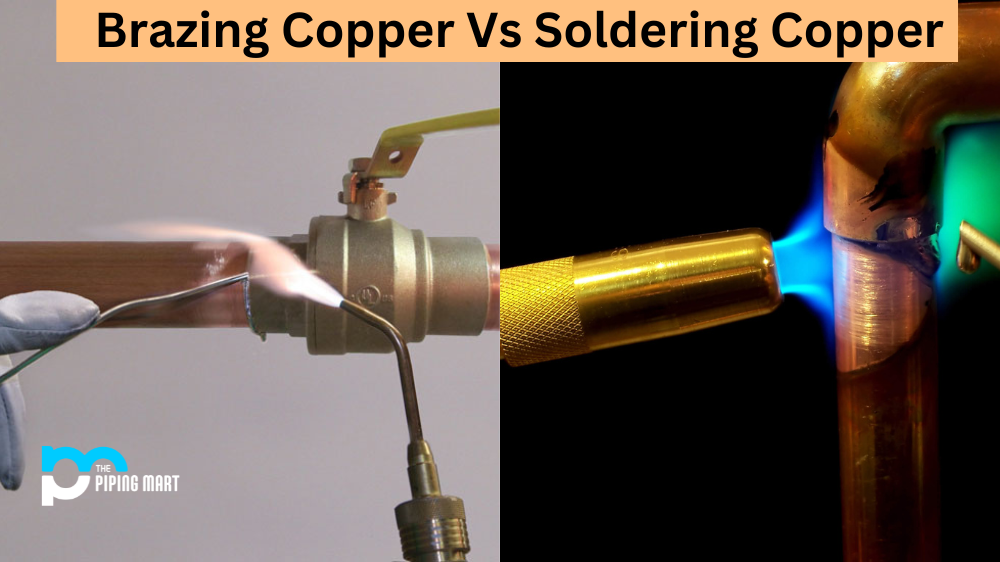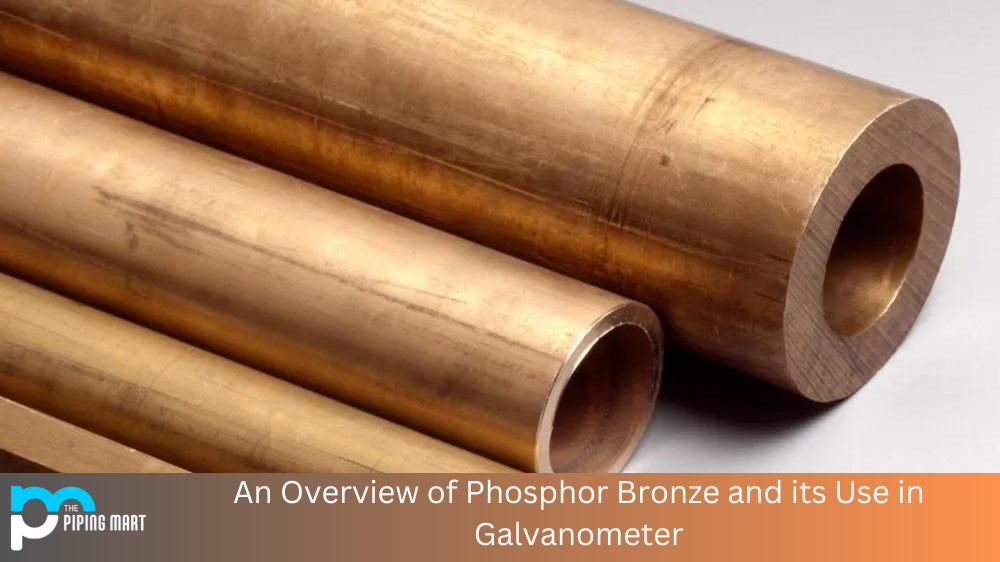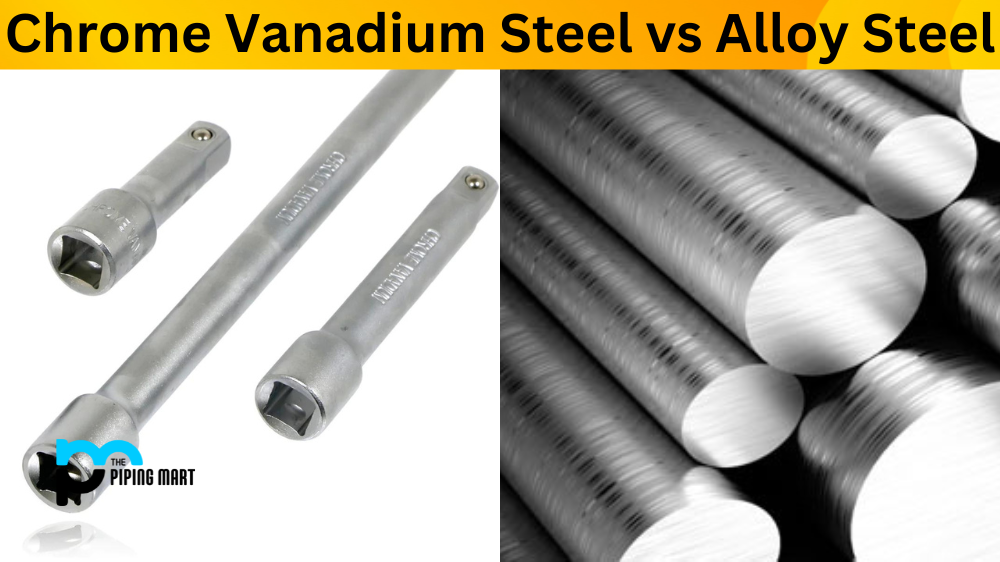Brazing and soldering are two of the most common techniques for joining metal parts together. While many people think that brazing and soldering are interchangeable terms, there is actually a key difference between these two processes. To ensure that your metalworking project is effective and successful, it’s important to understand the differences between brazing copper and soldering copper.
What Is Soldering?
Soldering is the process of joining metal parts using a filler material like solder, which is usually made from lead or tin. Heat is applied to soften the solder, which then flows into the joint area and bonds with both pieces of metal. When cooled, the solder solidifies and creates a strong bond between the two metals. This process works best with thin pieces of metal like wires or pipes because too much heat can damage thicker pieces.
What Is Brazing?
Brazing is very similar to soldering, but it involves a higher temperature (around 1100°F) than soldering (around 800°F). It also uses different materials—typically an alloy of copper, zinc, aluminium or silver—to join two pieces of metal together. This is what makes brazing more suitable for thicker pieces since it can withstand higher temperatures without causing any damage. Additionally, brazed joints tend to be stronger than soldered joints because they create a more reliable bond when joining two different types of metals together.
Difference Between Brazing Copper and Soldering Copper
- Brazing is a process that uses a filler metal to join two pieces of base metal together. The filler metal has a melting point that is lower than the melting point of the base metal, so it can be melted and used to join the two pieces of metal together.
- Soldering is a process that uses a filler metal to join two pieces of base metal together. The filler metal has a melting point that is lower than the melting point of the base metal, so it can be melted and used to join the two pieces of metal together.
- Brazing is typically used for joining metals that have a high melting point, such as copper. Soldering is typically used for joining metals that have a low melting point, such as lead.
- Brazing requires the use of a torch or other heat source to melt the filler metal. Soldering can be done using a soldering iron or other heat sources.
- Brazing is more durable than soldering and can withstand higher temperatures.
Conclusion:
When it comes to joining metals together, there are various options available; however, brazing copper and soldering copper are two of the most popular processes used in metalworking projects today. To ensure success in your project, it’s important to understand how each method works and which one will work best for you based on your requirements. Soldering is better suited for thin pieces, while brazing can handle thicker ones without any damage while creating stronger bonds between different types of metals. With this knowledge in hand, feel confident tackling your next metalworking project!

Abhishek is a seasoned blogger and industry expert, sharing his insights and knowledge on various topics. With his research, Abhishek offers valuable insights and tips for professionals and enthusiasts. Follow him for expert advice on the latest trends and developments in the metal industry.




